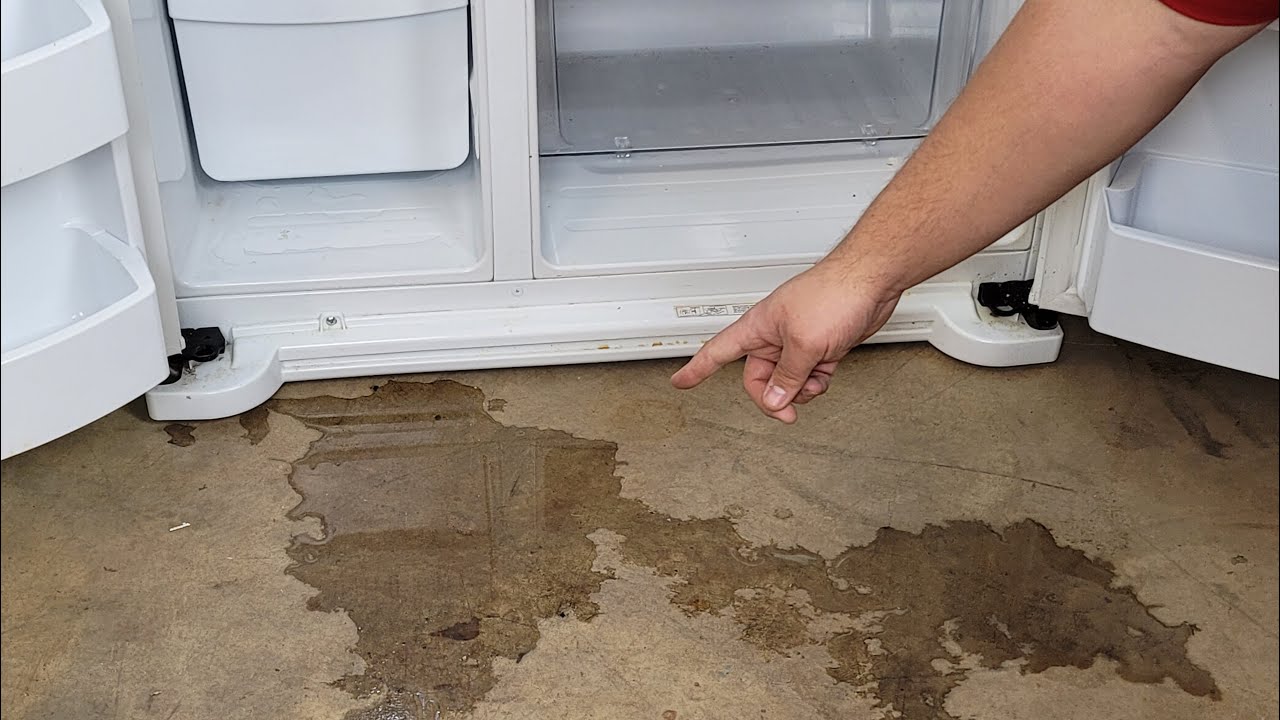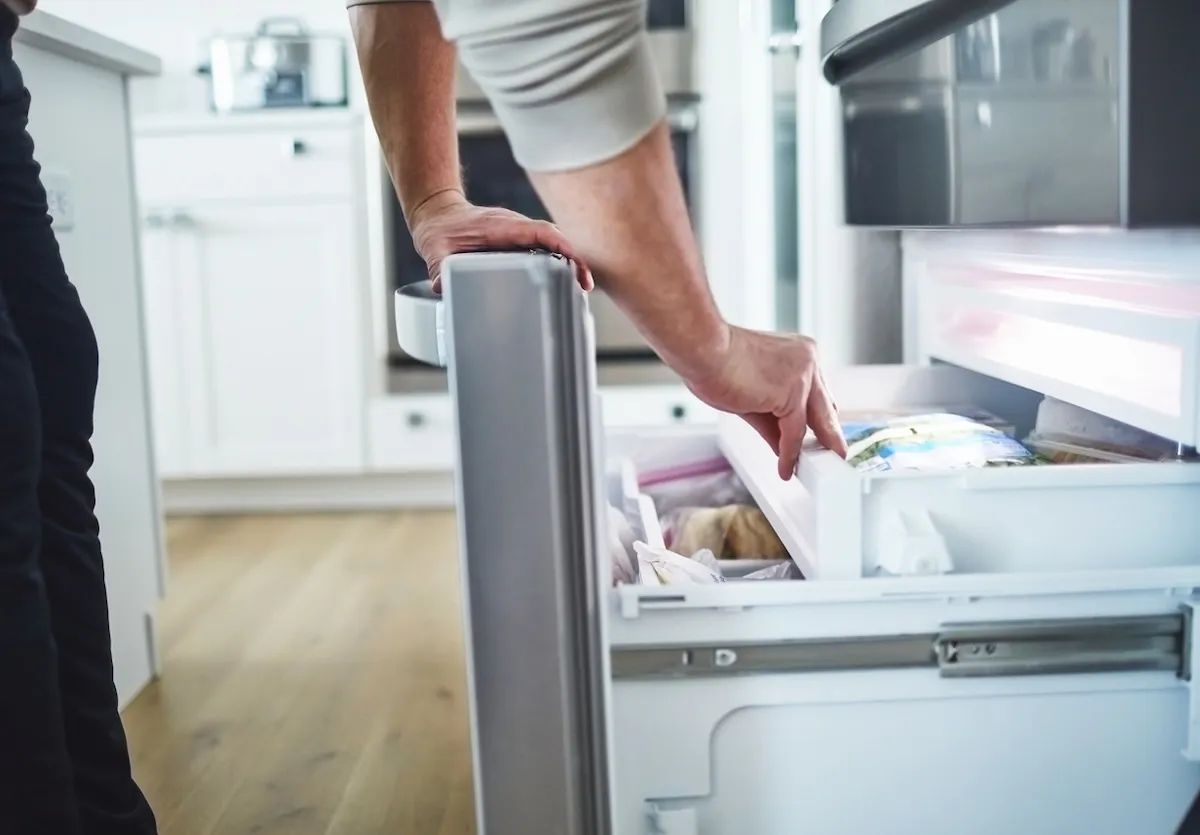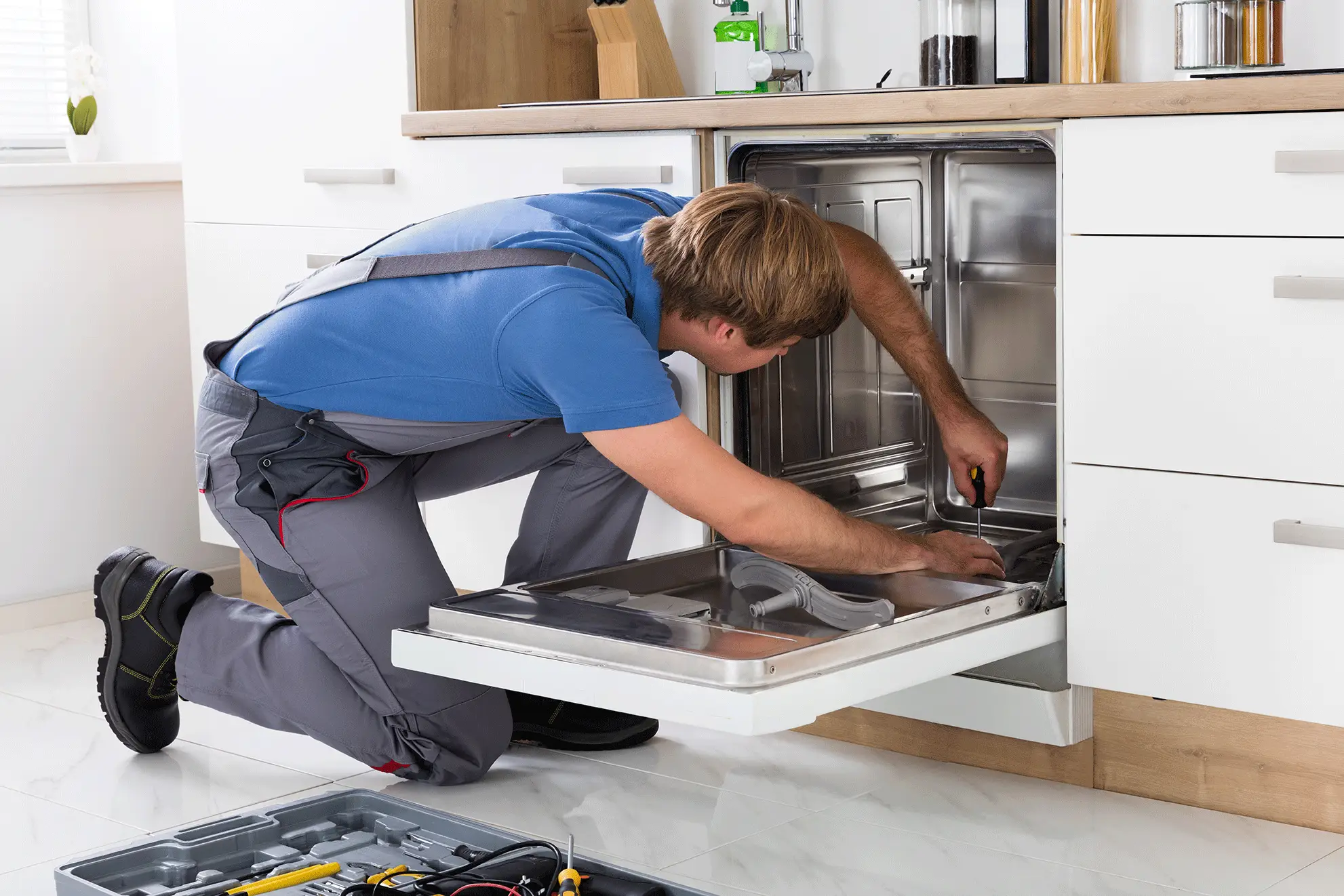Is It Better to Repair or Replace Your Old Appliance?
When a household appliance breaks down, the first question that arises is whether to repair it or replace it with a new one. This dilemma is not always straightforward and depends on various factors such as cost, age, efficiency, and environmental impact. In this article, we will explore the key considerations that can help homeowners make an informed decision.
Understanding the Lifecycle of Appliances
Average Lifespan of Common Appliances
Most household appliances come with an expected lifespan. Knowing these averages can help determine whether a repair is worthwhile:
-
Refrigerator: 10-20 years
-
Dishwasher: 8-12 years
-
Washing Machine: 10-15 years
-
Dryer: 10-13 years
-
Oven/Stove: 10-15 years
-
Microwave: 7-10 years
If your appliance is nearing or past its average lifespan, replacing it might be a more economical and practical choice.
Signs Your Appliance Is Nearing the End
Even if an appliance is still working, there are signs that it may be nearing the end of its life:
-
Frequent breakdowns
-
Increased energy bills
-
Inconsistent performance
-
Difficulty finding replacement parts
-
Outdated features
Cost Comparison: Repair vs. Replace
Rule of Thumb: The 50% Rule
A widely accepted guideline is the 50% rule. If the cost of repair is more than 50% of the cost of a new appliance, replacement is usually the better option. Additionally, if the appliance is over halfway through its lifespan, replacement may provide better value in the long term.
Hidden Costs of Repairs
Repairs can seem cheaper upfront, but they may involve hidden costs such as:
-
Labor fees
-
Repeated repairs
-
Time lost without a functioning appliance
-
Transportation or service charges
Energy Efficiency and Long-Term Savings
Older appliances are typically less energy-efficient than newer models. Upgrading to an Energy Star-certified appliance can significantly reduce electricity and water bills over time, sometimes offsetting the initial investment.
Environmental Considerations
Reducing Electronic Waste
Repairing and maintaining old appliances can help reduce the growing issue of electronic waste. However, newer appliances may also be more environmentally friendly in terms of energy consumption.
Recycling Old Appliances
If you decide to replace an appliance, consider responsible disposal methods. Many retailers offer recycling programs, and local waste management services often have guidelines for disposing of large electronics.
When Repairing Makes Sense
Minor Issues
If the problem is minor and easy to fix, such as a faulty switch or worn-out gasket, repair is almost always the better option.
Warranty Coverage
If your appliance is still under warranty or covered by a service plan, repairs may be free or heavily discounted, making them the obvious choice.
Sentimental or Specialty Items
Some appliances may hold sentimental value or have unique features that are hard to replace. In such cases, repair can preserve functionality and meaning.
When Replacement Is the Better Option
Obsolete Technology
If your appliance is so old that parts are no longer available or compatible with modern technologies, replacement may be the only feasible option.
Safety Concerns
Faulty wiring, gas leaks, or other safety issues should not be taken lightly. If an appliance poses a hazard, replacement is the safest choice.
Improved Functionality
Modern appliances come with advanced features such as smart controls, improved energy efficiency, and better performance. Upgrading may enhance convenience and quality of life.
Factors to Consider Before Deciding
Frequency of Use
An appliance used daily, like a refrigerator or washing machine, should be highly reliable. Repeated breakdowns may warrant replacement.
Brand and Model Reliability
Some brands and models are known for longevity and easy maintenance. Researching reliability ratings can inform your decision.
Cost of Parts and Labor
Get a detailed estimate for repairs. Sometimes parts for older models are rare and expensive, tipping the scale in favor of replacement.
Availability of Service Technicians
If skilled technicians for your appliance are scarce or expensive, replacement might be more practical.
DIY Repairs vs. Professional Help
Pros and Cons of DIY Repairs
Pros:
-
Cost savings
-
Quick fix for simple problems
-
Sense of accomplishment
Cons:
-
Risk of voiding warranty
-
Potential for improper repairs
-
Safety hazards
When to Call a Professional
Always seek professional help when dealing with:
-
Gas appliances
-
Major electrical issues
-
Refrigerant systems (like in refrigerators or air conditioners)
-
Complex internal components





